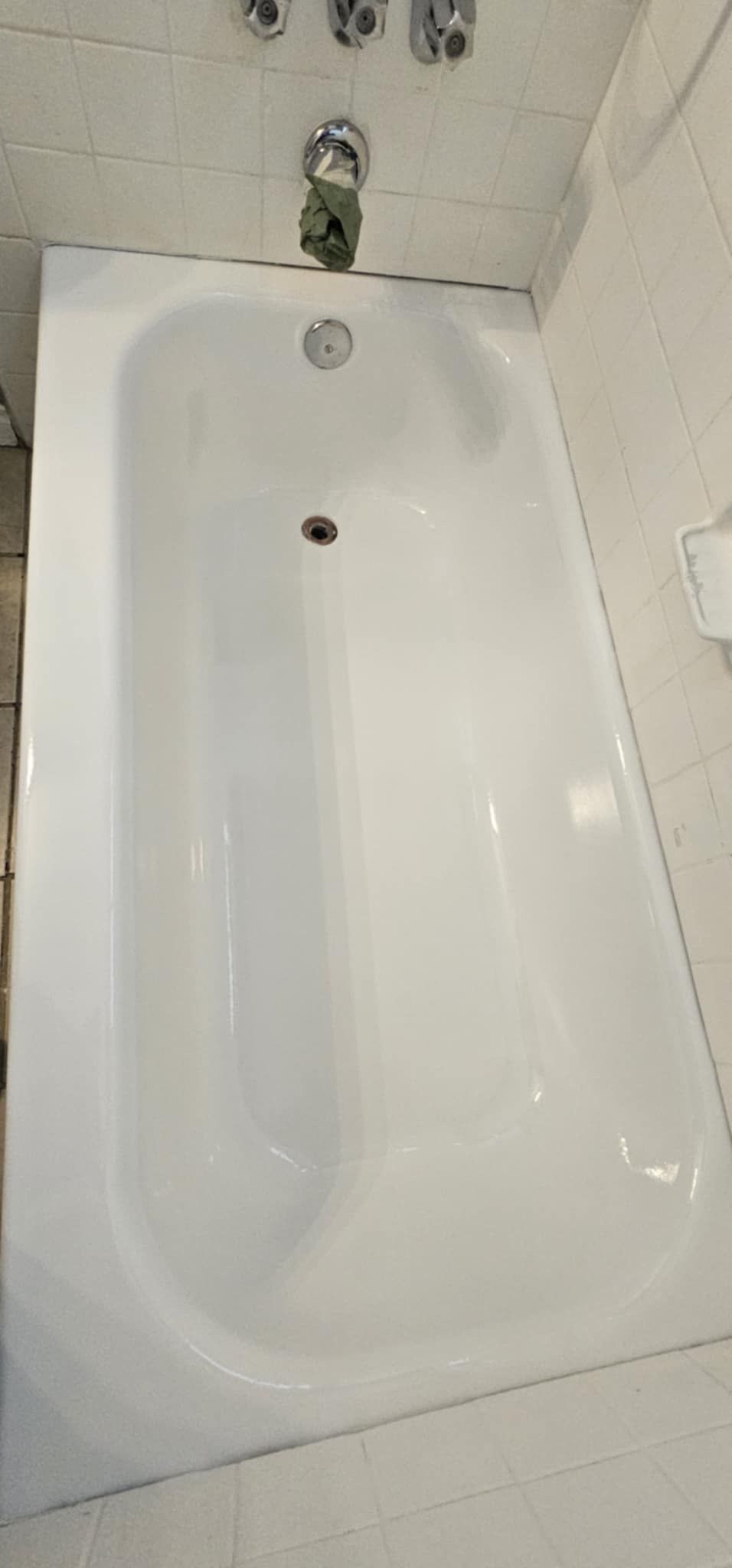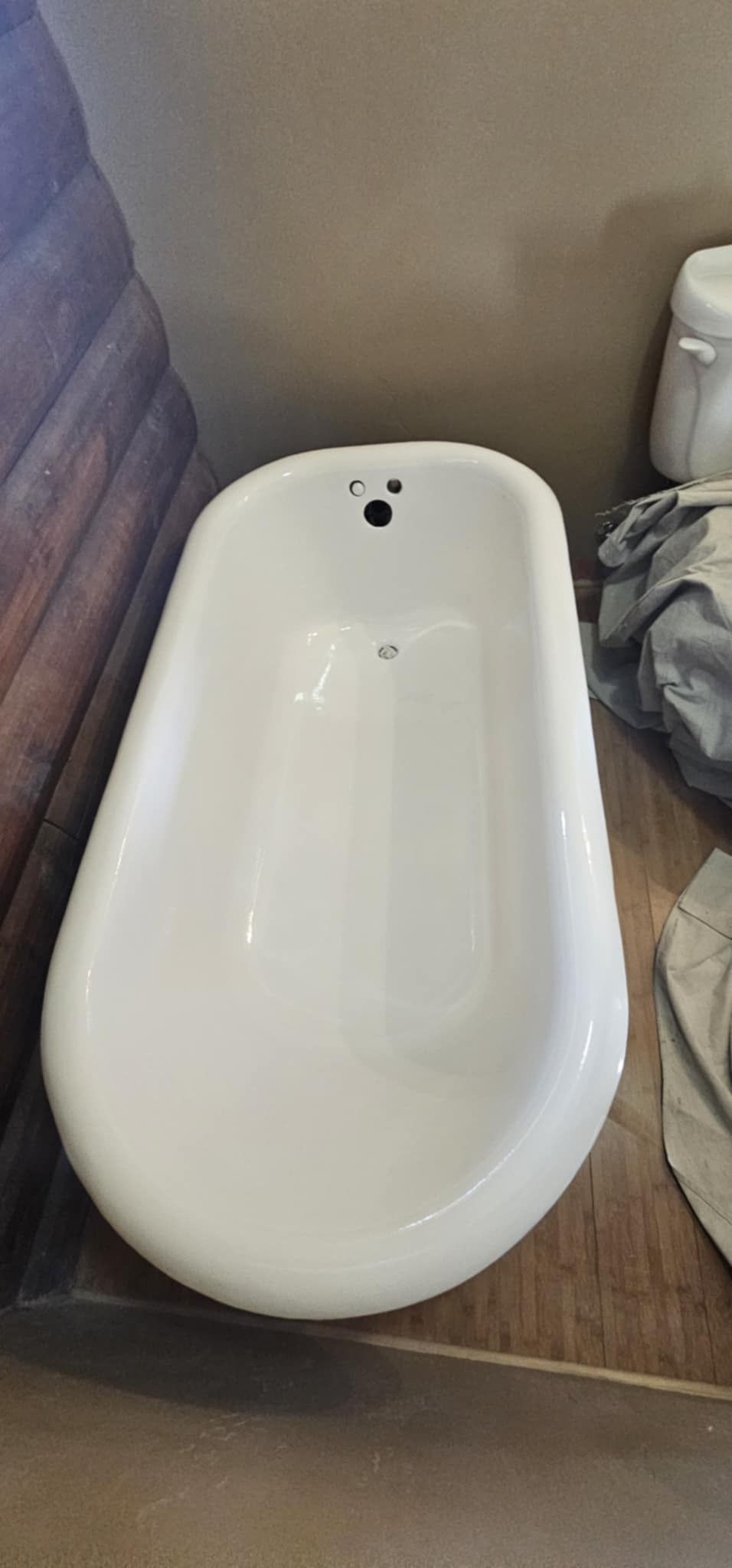Bathtub Maintenance After Refinishing
A refinished bathtub is a cost-effective way to restore the beauty and functionality of your bathroom, but it requires proper care to maintain its fresh, glossy appearance. At Gorilla Tubs Refinishing, we believe in helping our clients protect their investments with simple, effective maintenance practices. Whether you’ve recently refinished your tub or are looking for ways to keep it in top condition, understanding how to clean and care for it is essential.
This guide provides detailed instructions on how to keep your refinished tub looking like new, prevent common issues, and extend its lifespan. By following these steps, you’ll ensure that your bathtub remains a centerpiece of comfort and style for years to come. Proper maintenance not only enhances your tub’s longevity but also preserves the value of your refinishing project, making it a worthwhile investment for your home.
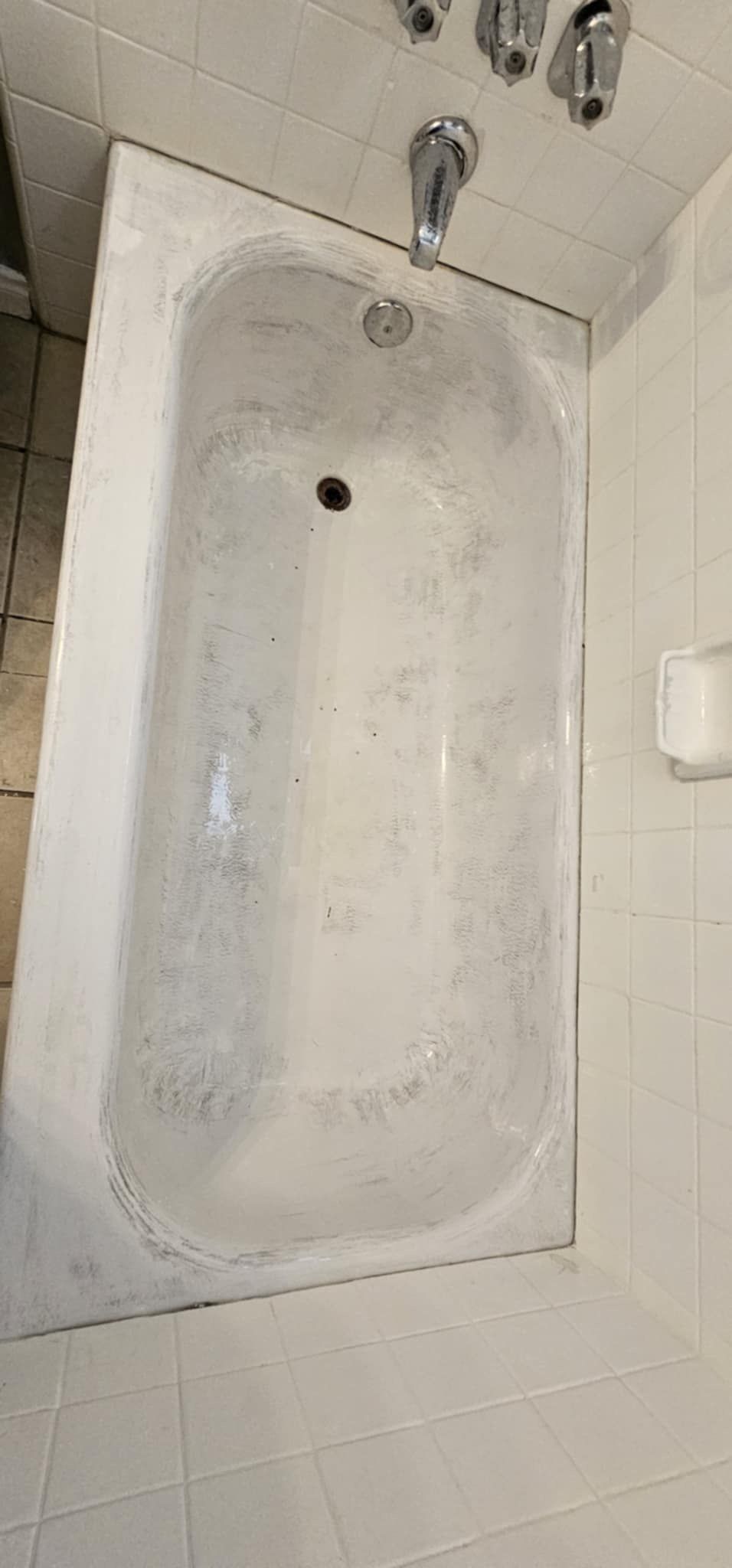
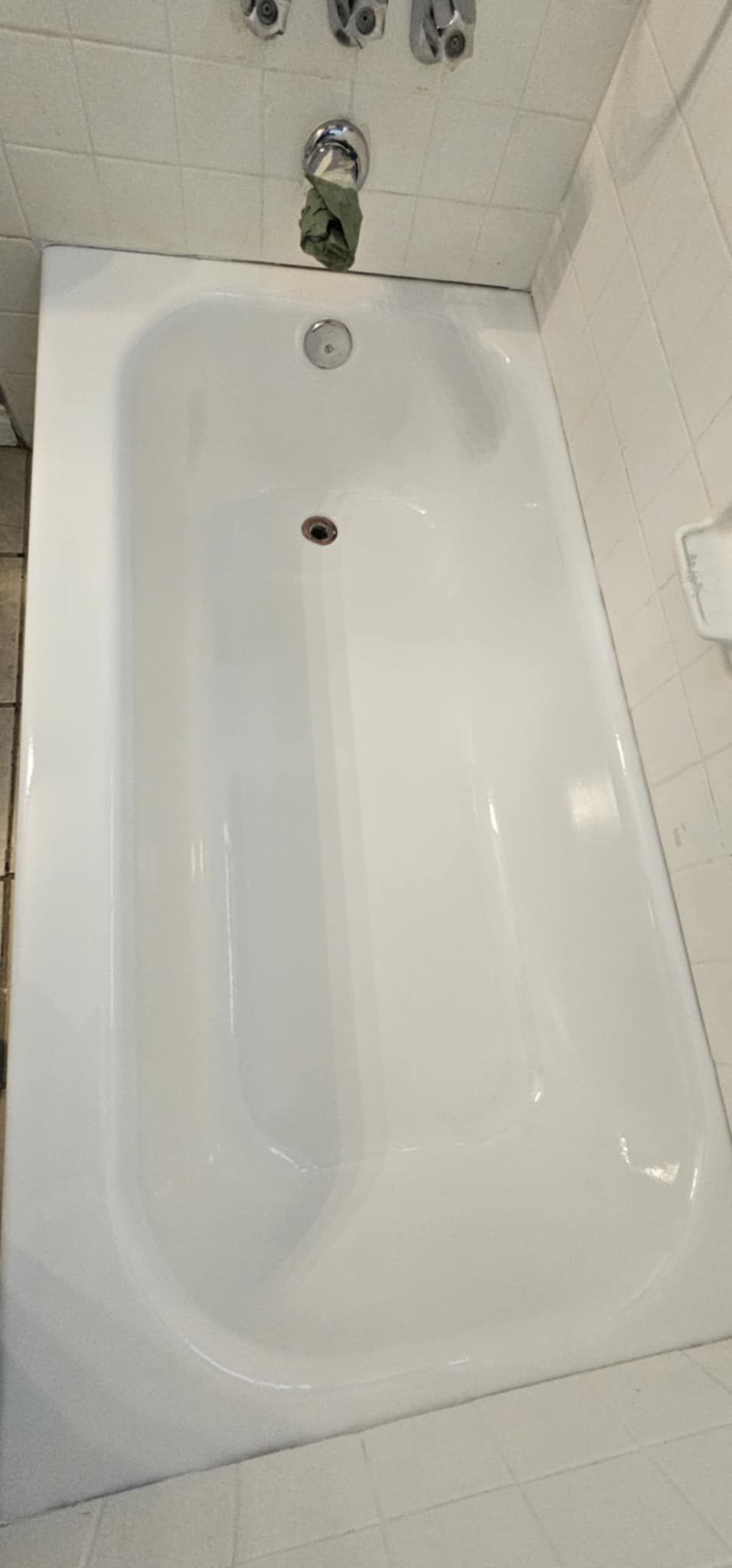
Immediate Care After Refinishing
The first 24 hours after refinishing are critical to ensure the new surface cures properly. During this time, it’s important to keep the tub completely dry, as water exposure can weaken the coating or cause imperfections. After 10 hours, gently remove any masking tape or coverings, being careful not to damage the edges of the fresh finish.
If hardware or caulking was removed during the process, replace them after 10 hours unless your technician has already handled this. Proper sealing around the edges prevents water from seeping underneath the surface, protecting the refinished coating. These initial steps are essential to ensure your tub’s finish remains durable and beautiful for years to come.
Free Sink Refinishing Quote
Regular Cleaning Practices
Maintaining your refinished bathtub requires regular cleaning to prevent dirt, soap scum, and mineral buildup that can dull the surface over time. Use non-abrasive cleaners such as Dawn All-Purpose Liquid Soap, Ivory Liquid Soap, or a 50/50 mix of hot water and white vinegar. Cleaning with soft sponges, washcloths, or paper towels helps protect the finish from scratches.
Avoid harsh products like bleach-based cleaners, abrasive sponges, or industrial-strength solutions, as they can damage the surface. Make it a habit to wipe down your tub after each use to keep it looking fresh and glossy. Consistent, gentle cleaning not only preserves the finish but also reduces the effort needed for deep cleaning in the future.
Preventative Maintenance Tips
To keep your refinished bathtub in top condition, preventative care is just as important as regular cleaning. Applying a liquid car wax every three months to the sides and edges of the tub can protect the finish and make cleaning easier. However, never wax the bottom of the tub, as it can become slippery and unsafe. Waxing around the drain also helps prevent rust and water stains from forming.
Address any leaks promptly, as dripping faucets can cause premature wear or rust around the drain. Avoid storing soaps, shampoos, or other items on the tub’s ledges, as water can become trapped underneath, leading to discoloration or damage. Using a hanging shower caddy is a safer alternative to store your bathroom essentials while protecting your tub’s surface. These small preventative steps go a long way in extending the life of your refinished bathtub.
Transform Your Sink with Refinishing
Certain challenges, like hard water stains and chemical exposure, require extra attention to preserve your refinished bathtub. If you live in an area with hard water, using a squeegee after each shower helps prevent mineral deposits and water spots from forming. This simple step reduces cleaning time and maintains the tub's shine. For stubborn deposits, a mix of hot water and white vinegar can effectively break down buildup without damaging the surface.
Be cautious when using chemicals such as drain openers or hair dye. These substances can cause severe damage to the refinished surface if they come into contact with it. If you must use them, pour them directly into the drain and rinse the area thoroughly afterward to prevent residue. Taking these precautions ensures your tub remains in excellent condition while handling everyday bathroom challenges.
Caring for Bathroom Fixtures
Common Mistakes to Avoid
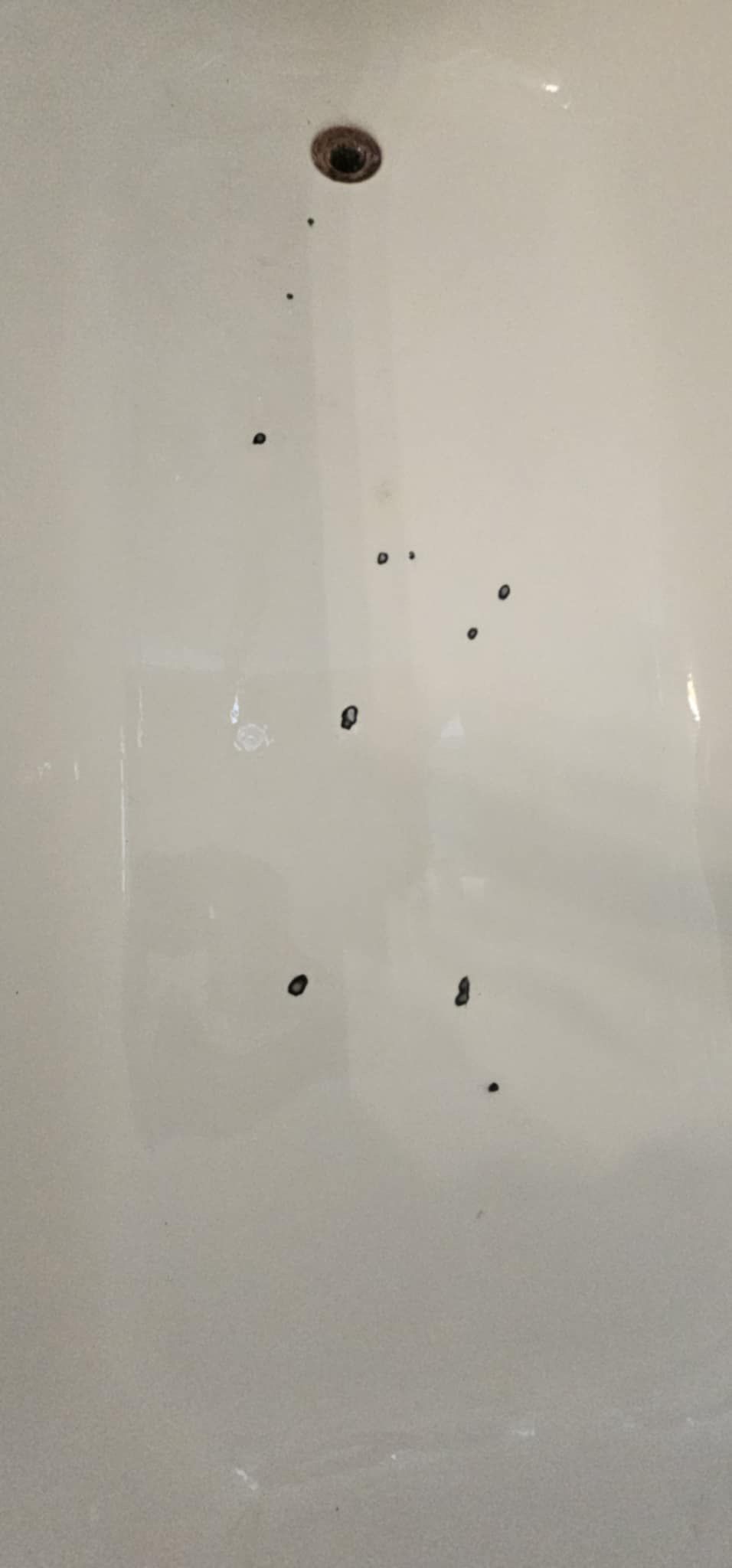
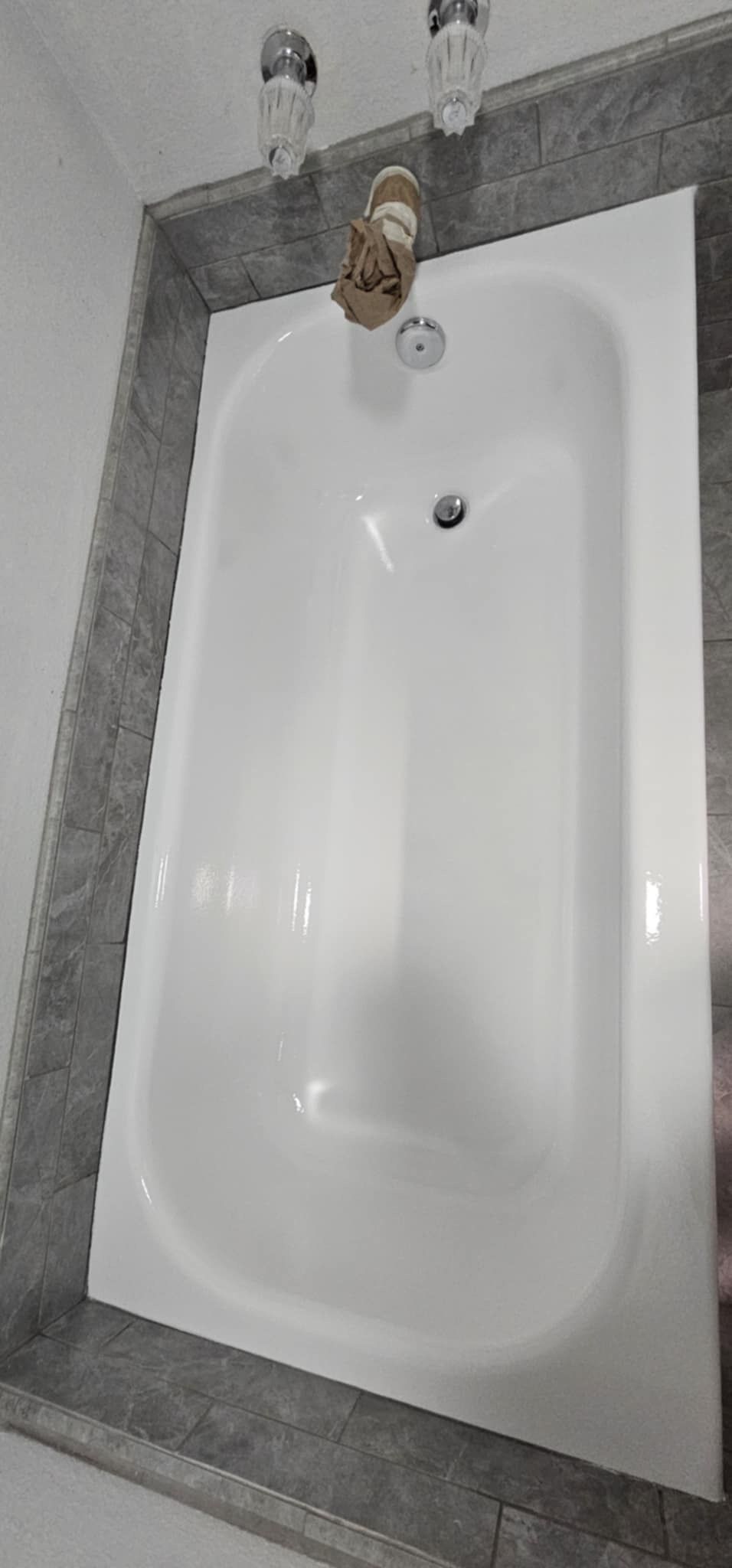
When to Seek Professional Help
Despite following proper care and maintenance routines, there may be times when your refinished bathtub requires professional attention. If you notice signs of wear, such as peeling, cracking, or discoloration, it’s important to address these issues promptly. Ignoring them can lead to further damage, making repairs more extensive and costly. Professionals can assess the condition of your tub and determine whether a touch-up or complete refinishing is needed to restore its appearance.
Additionally, if accidental damage occurs—such as chips caused by dropped objects or stains from harsh chemicals a refinishing expert can provide the necessary repairs without compromising the integrity of the surface. Regular inspections by a professional can also help identify potential problems early, ensuring your bathtub remains in excellent condition. At Gorilla Tubs Refinishing, our team is here to help with any concerns, ensuring your refinished tub continues to look and perform at its best.
FAQs About Caring for a Refinished Bathtub
How long does a refinished bathtub last?
A refinished bathtub can last between 10 to 15 years with proper care and maintenance. Regular cleaning with non-abrasive products, prompt repairs of any damage, and following the care guidelines provided can significantly extend its lifespan.
Can I use a bath mat in a refinished tub?
Suction-cup bath mats should be avoided, as they can pull on the surface and cause peeling or damage. Instead, consider using non-slip mats or strips that are designed specifically for use in refinished tubs and do not rely on suction.
What should I do if my refinished tub gets scratched or chipped?
If you notice a scratch or chip, contact a refinishing professional right away. Attempting DIY repairs can worsen the damage. A professional can apply touch-ups to restore the finish and prevent further deterioration.
Is it safe to use essential oils or bath bombs in a refinished tub?
Essential oils and bath bombs can sometimes leave oily residues or discolorations on the surface. If you choose to use them, clean the tub thoroughly afterward with a safe, non-abrasive cleaner to prevent buildup or staining.
What if I accidentally spill harsh chemicals like bleach on my tub?
If a harsh chemical comes into contact with the surface, rinse it immediately with water and a mild cleaner to minimize damage. However, if discoloration or peeling occurs, you may need to consult a refinishing professional for repairs.
Can I refinish a tub more than once?
Yes, a tub can be refinished more than once, but it’s important to have it done by experienced professionals. Each refinishing process involves adding a new layer of coating, and improper applications can compromise the durability of the surface.
What is the best way to clean stubborn stains on a refinished tub?
For stubborn stains, use a 50/50 mixture of white vinegar and hot water or a recommended non-abrasive cleaner. Avoid scrubbing with abrasive pads or brushes, as they can damage the finish. Let the cleaning solution sit on the stain for a few minutes before gently wiping it away.
Can I use a steam cleaner on a refinished tub?
It’s best to avoid steam cleaning, as the high heat and pressure can weaken the refinished surface over time. Stick to mild cleaners and soft cleaning tools for regular maintenance.
Is there a warranty for my refinished bathtub?
Many refinishing companies, including Gorilla Tubs Refinishing, offer warranties for their work. Be sure to review the terms of your warranty to understand what’s covered and what could void it. Following the care guidelines is essential to maintaining warranty coverage.
Can refinishing fix cracks or holes in a tub?
Yes, refinishing can repair minor cracks, chips, and holes. These imperfections are typically filled and smoothed before the refinishing coating is applied. For larger structural issues, additional repair work may be necessary before refinishing.

